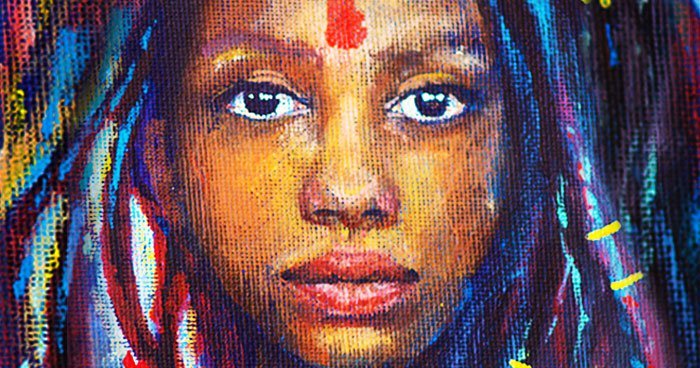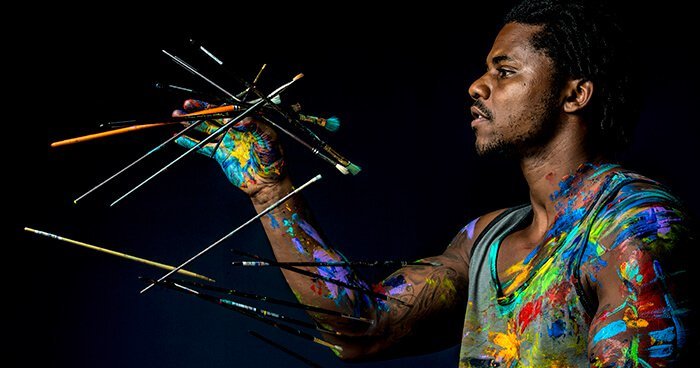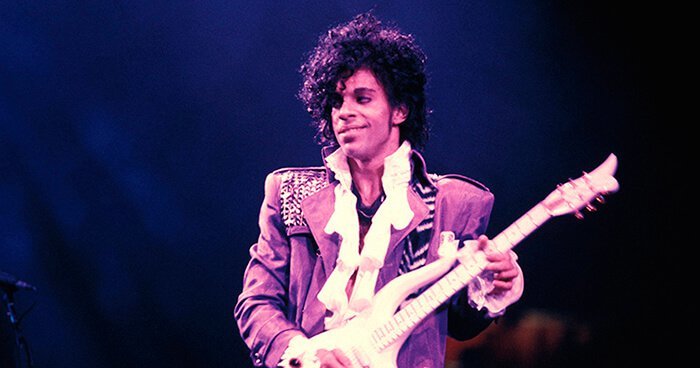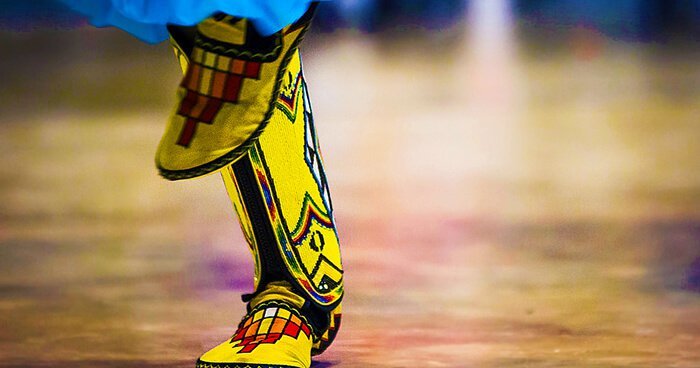The Healing Power of Art
Immigration issues, class warfare, and racism have plagued humanity for generations. Things aren't 'worse than they have ever been', we are just more aware of it than before thanks to the internet. Waking up to present-day atrocities can be overwhelming, but awareness and social action will help us put these things into our collective past. We can not change the past, but we can learn to look at it in ways that empower us and allow us to evolve. On the personal and collective level, art helps us address cultural wounds and begin the process of healing our history. A deeper look at this intriguing topic is sure to inspire you to find your own creative voice.
The Research
There are many ways to look at, explore, and research, the healing powers of art. The American Art Therapy Association has taken a lead role in establishing research criteria, and documenting the success of using art therapeutically. In their Art Therapy Outcome Bibliography, they have amassed a huge list of scientific research that validates the wide-reaching impact of art in healing individuals and communities. Attention Deficit Disorder, Autism, Drug Addiction, Grief Management, Post Traumatic Stress Disorder, Sexual Abuse, Trauma Resolution, and Traumatic Brain Injury, are just a few common ailments that Art Therapy has successfully addressed.
Art therapy is a mental health profession in which clients, facilitated by the art therapist, use art media, the creative process, and the resulting artwork to explore their feelings, reconcile emotional conflicts, foster self-awareness, manage behavior and addictions, develop social skills, improve reality orientation, reduce anxiety, and increase self-esteem. -American Art Therapy AssociationCultural Wounds
Oppression, war, colonialism, imperialism, genocide, poverty, and slavery, can cause physical illness to the individuals who endure this kind of suffering first-hand. If unresolved, these wounds also have a deep psychological impact that can be passed down through belief systems, memory, and even genetics. This cultural trauma can lead to racial tensions, violence, depression, or other physical diseases. Our bodies remember what our minds might rather forget. At this stage in history, some aspect of these traumas probably existed for all of our ancestors, regardless of our current socio-economic status.
There is evidence that engagement with artistic activities, either as an observer of the creative efforts of others or as an initiator of one's own creative efforts, can enhance one's moods, emotions, and other psychological states as well as have a salient impact on important physiological parameters. -Staricoff R, Loppert S. Integrating the arts into health care: Can we affect clinical outcomes?Whether you are conscious of it or not, you have experienced art that is healing on some level. Visual Art, Dancing, and Music all play a central role in the life of a healthy individual and culture. Many artists create beautiful expressions as a form of therapy, or as a coping mechanism to deal with extreme suffering. Famous artists like Robin Williams, Frida Kahlo, Prince, Beethoven, and countless others, struggled with severe depression or crippling physical pain, yet they transmuted their wound through art and gave us all profound inspiration in the process.
Making Sense of Life's Contradictions
Scott Kaufman and Carolyn Gregoire have made a powerful argument in their popular book, Wired to Create, Unraveleing the Mysteries of the Creative Mind, that humans are biologically suited to turn chaos into beautiful forms. This is good news because there is a whole lot of chaos right now on our planet! Though creativity is often a messy process, research and observation shows us that imagination, solitude, passionate expression, along with play, are building blocks for innovation. This applies to each of us on an individual level, but becomes even more profound when practiced with groups, especially those that are culturally diverse.
Creativity can even become a positive coping mechanism after a difficult experience. Some people might find that the experience of adversity forces them to question their basic assumptions about the world and therefore to think more creatively. -Scott Kaufman and Carolyn GregoireHistorical Success
During the days of slavery in the deep south, there was an unlikely alliance formed between Native Americans and African Slaves, who were both victims of the oppression of colonisation. There are even historical accounts of Seminole, and other tribes, raiding plantations to free the slaves. In New Orleans, they came together in Congo Square where they combined the four-beat, big-drum rhythm of Native American Pow-Wow music with the various African and Caribbean polyrhythms that the slaves had brought to the New World. This collaborative, creative expression is what gave us the Blues, Jazz, Rock, Reggae, Hip-Hop, as well as the visual art and dances that these musical genres inspire.
Cooperation and Improvisation
Jazz refined the art of breaking the color barrier during segregation when black and white musicians, along with their fans, broke the social codes of the day to come together and celebrate in a joyous way. This art form exemplifies the power of free expression, listening, cooperating, openness, and improvising. When these creative attributes are applied to a social situation, or a creative process within a group, real magic can happen. These core attributes are also paramount to the healing process, individually and collectively.
A mural is a bridge to the community. The artists communicate with the people; meetings are held to discuss the issues. The result is a reflection - a mirror of that community. -Susan CervantesPublic art is a very successful way to address and bring healing to cultural trauma. I had the pleasure to work with Arizona Mural Mice on a piece of art that told the indigenous creation story of a local tribe in a small mountain town called Prescott. The Yavapai still live in this place, yet it has been developed and populated by non-natives over the last century, leaving much of their history forgotten. Many newcomers have no idea what makes this place sacred to the original inhabitants, so a team of artists worked with the tribe and locals to learn oral histories and then depict them on the wall. This brought people together, gave a voice to the tribe, and showed pride for the heritage that was displayed prominently in town (please see video below).
We believe that art ignites change. -Philadelphia Mural Arts ProgramThe finished piece of art is cherished by the community, provides beauty, and is also educational; but the process of creating the mural is where real healing occurred. Creating community art breaks down barriers, allows for dialogue across cultures, creates space for reflection, invites participation, and gives everyone a voice. When this format is used specifically to address historical injustice, or shared dreams of the future, it becomes a very powerful tool for cultural healing. Hawaii has 808 Urban, Philadelphia has Mural Arts Program (which also boosts local economy with tourism), San Francisco has Precita Eyes, The Navajo Reservation has Painted Desert Project, and the list continues to grow!
The process of expressing one's self is always therapeutic, you don't need to be Picasso to doodle, or Walt Whitman to keep a personal journal. This creative journey deepens into something much bigger than us when we collaborate collectively with our community. We have inherited a lot of unresolved feelings and wounds from history, when we consciously use art as a medium for addressing the past, we can turn the chaos into peace and understanding. Art, as a medium for this healing process is invaluable as it engages the mind with inspiration, while increasing our sense of compassion for the journey that has led us through time to the present moment. What dreams will we create together for our future?







Comment: More reasons why creative activities are a balm to body and soul: